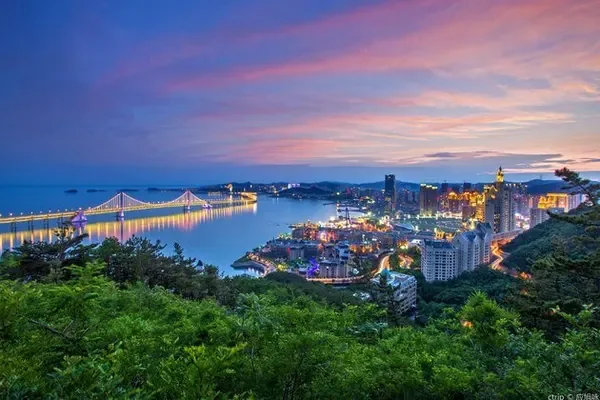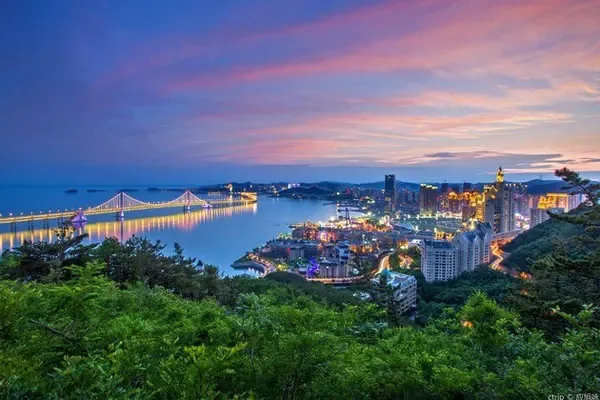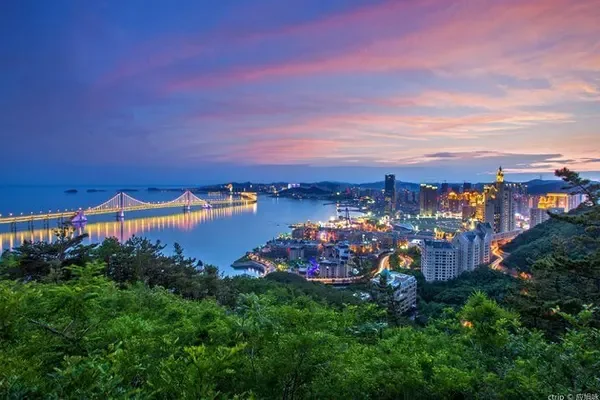35. Dushanzi Grand Canyon
The thick and majestic Dushanzi Grand Canyon was originally named Kuitun Grand Canyon, about 30 kilometers away from Kuitun. The road leading to the Grand Canyon is well paved, the facilities in the scenic spot are good, and there are parking spaces available, but the toilet is built but not in use, so the situation of using the toilet is a bit embarrassing, the scenic spot does not charge tickets, and it is free to visit.
Thirty-six, Karamay Devil City
This is a punch card game, but it was unlucky to encounter the sandstorm in the Devil City. Maybe it’s because you’re used to being loose, but when you encounter a well-developed scenic spot, you feel more restrained. The 52 yuan/person small train takes you to a fixed place to see the scenery, and you feel like a group. Seeing the landscape of Devil City reminds me of the Monument Park in the United States, of course, the United States is much more spectacular.
37. Anjihai Grand Canyon
Anjihai Grand Canyon is located between Wusu and Shawan, which is a planned "Tianshan Gallery" of the Wusu plate that is under development. It is conceivable that in a few years this place will become a place that tourists flock to. There are canyons, grasslands, hot springs, and lakes in the whole plan. We just visited the deep valleys on the side of Provincial Highway 101 with trepidation.
38. Approaching the Tarim Basin
I saw a very vivid map in the Changji Museum, which showed the overview of the Tarim Basin three-dimensionally, and the place names that aroused my emotion. We walked around the basin for more than 20 days, canyon desert, Gobi oasis, facing the ancient The Silk Road, the more you walk, the more you feel endless. Due to the closure of National Highway 217, the travel time was redundant. After returning to Urumqi, I went to Korla. The men are very tenacious, and they have the emotion of "thinking about the world, and crying alone." I can only be a follower. Of course, I am serious about being a backup driver.
Thirty-nine, G3210 Landscape Road
The temperature in the Turpan area has reached 40 degrees. Early in the morning, Toksun was very hot, so I hurried to leave and arrived in Korla at four in the afternoon. It was cool for a while, but the air quality was not good and it was gray.
Xinjiang has a vast land and abundant resources, and spectacular natural landscapes can be seen everywhere. Driving on the G3012 highway from Toksun to Korla, there is a section of road through the canyon, which is called a landscape road, and there are parking places every 500 meters for viewing.
Korla is one of the important towns on the ancient Silk Road. Its museums are well-built and have rich exhibition content, especially the unearthed cultural relics about the Xiaohe tombs and the historical events of the Oirat Mongols’ return to the east. It is very rewarding. I feel that the knowledge points I learned in the Qiemo Museum are revived here.
Although you can view the world online today, traveling thousands of miles and reading thousands of volumes of books is still an effective way. After walking the Silk Road, you have a three-dimensional understanding of the history and culture of the Western Regions.
Forty, Peacock River
The Kongque River is the mother river of Korla, which passes through the city and divides Korla into two halves, the north and the south. The hotel I stayed in was right by the river, and I went for a walk on purpose. Facing the clear river and the scenery on both sides of the river, I felt the strength of Korla's governance of the river and the good news it brought to the city people. During the period, there was a sudden downpour. Although the clothes were soaked, there was the joy of meeting nectar after a long drought.



